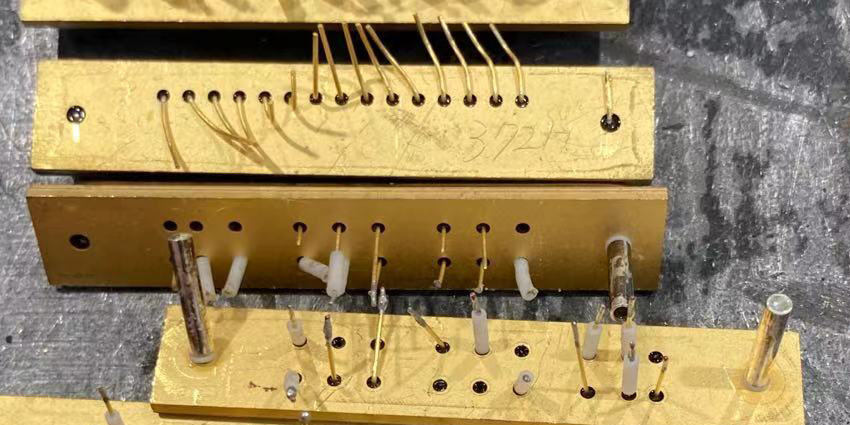Jun 20,2025Reporter: dongsheng
Almost all top golden recyclers worldwide follow three main steps of golden recycling. First, they test the scrap containing gold and confirm the price. Second, they work to lower costs and increase efficiency of golden recycling. Third, they focus on protecting the environment during golden recycling. Besides these, knowing which industrial waste contain gold and the refining technology are also very important!

1. Double Testing and Gold Content Calculation: Spectrometry is a basic test every Golden Recycler knows. It helps find out if industrial scrap contains gold. But top golden recyclers do more. After spectrometry, they also use fire assay. This fire test finds the exact purity of the golden scrap. It stops golden scrap sellers from cheating with the weight or content.
2. Top Golden Recyclers Focus on Lowering Costs and Increasing Efficiency: The first way to do this is buying large amounts of different gold scrap. Very few top golden recyclers can buy huge amounts at once and pay the full price right after checking the goods. The DONGSHENG of golden recyclers has this ability. Another way is developing new golden recycling technology. If the golden recyclers cannot handle large amounts like DONGSHENG, it cannot upgrade or research new golden recycling technology.
3. Golden Recycling Must Be Legal and Green: Protecting the environment is very important now. Recycling industrial golden scrap can cause pollution. So, improving golden recycling technology is key. Different places have different environmental rules. The main goal is controlling emissions. Top golden recyclers improve their emission control systems. Most use bag filters and activated carbon to clean the smoke from melting.
Electronic Waste: Examples: circuit boards (gold contacts, pins), chips, connectors, relays (thin gold coating, 0.05 to 5 micrometers thick). The problem is that this waste has very low gold content. Good news: CPUs, memory sticks, and gold-plated IC chips have the highest gold content in golden recycle electronic waste.
Industrial Catalysts & Precious Metal Alloy Scrap: This is also a major source of golden recycling. Example: Platinum, Palladium, and Gold coatings on anti-stick plates used in making semiconductors. Unlike electronic scrap, the gold content in industrial scrap can change a lot.
The main chemical methods for golden recycling are dissolving golden with aqua regia, electrolytic stripping to remove gold, and resin adsorption. The advantage of chemical golden recycle methods is that they achieve high purity golden, but the downside is they are expensive. The main physical methods for gold recycle are fire assay and burning resin. While these methods have lower costs, they cause more serious environmental pollution. The newest eco-friendly gold recycle technology was developed by Cornell University. It mainly uses vinyl COF material, which absorbs 99.9% of gold ions and does not produce polluting waste.